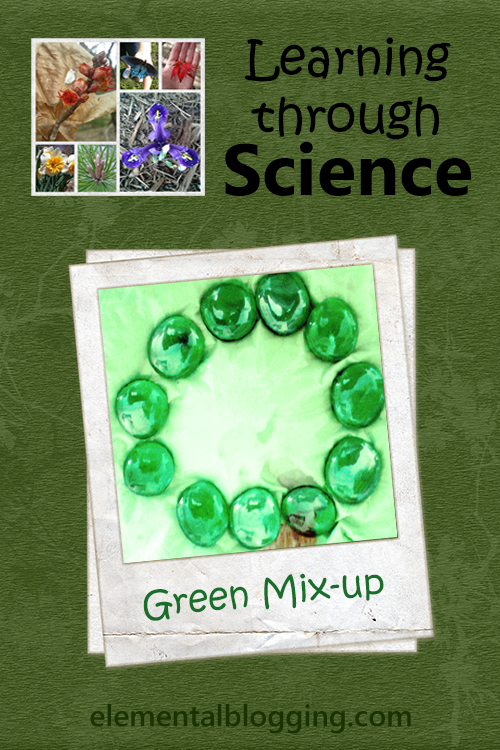 Welcome to the Learning Colors, Shapes & ABC’s through Science preschool series!
Welcome to the Learning Colors, Shapes & ABC’s through Science preschool series!
My goal is to introduce my preschooler to his colors, shapes and letters through scientific activities. My hope is that this will increase his observations skills and make learning these basic facts more interesting. We will also be adding in art activities, books, notebook pages and other motor activities, which I’ll share with you along the way.
What I share in these posts is my plan, some weeks we will actually do all of these activities, most we won’t. The idea is that each week, I’ll have a buffet of activities to pull from to introduce my son to these fundamental concepts. You can read more about my plans for this series in the Learning Colors, Shapes & ABC’s through Science introduction post.
This week our focus was the color green and oval.
Green Mix-up
You will need:
- Shaving cream
- Plastic baggie
- Yellow food coloring
- Blue food coloring
- Pencil
Fill a plastic baggie one quarter of the way with shaving cream. Add 2 drops of yellow food coloring to one side of the bag and 5 drops of blue food coloring to the other side. Squeeze out as much air as possible and seal the bag.
Show the bag to your students and ask them what colors are on the two sides of the bag. Then, have the massage the baggie very gently so that the colors begin to mix. Continue manipulating until the green color is displayed uniformly through the bag.
Share with your students that yellow and blue mix to make the color green. Then, trace an oval on the baggie using the eraser end of a pencil. Tell your students about the shape you just drew and let them use their fingers to trace the figure.
Take if Further: Cut out several blue tissue paper ovals. Have the students glue them onto a yellow sheet of construction paper to make green ovals.
Book List
Here are several books on the color green.
- Green Eggs and Ham (I Can Read It All by Myself) by Dr. Seuss
- Green (First Step Nonfiction) by Melanie
Mitchell - Green by Laura Vaccaro Seeger
- Blue Hat, Green Hat (Boynton on Board) by Sandra Boynton
- Little Green by Keith Baker
- Red, Stop! Green, Go!: An Interactive Book of Colors by P.D. Eastman
Additional Activities
- Art: Print out an oval on a sheet of paper or draw one on your own. At one end of the oval put a glob of yellow paint. At the other end of the oval put a glob of blue paint. Have the students use a paint brush to mix the two to create green in the center of the oval.
- Math: Count out ten green jellybeans and use them to practice counting to ten.
- Fine Motor: Have the students play with green play dough. Encourage them to roll the play dough into an oval shape.
- Notebook: Create a page in the students’ notebook for the color green and the shape of an oval. On each page place stickers or pictures that match the color or shape.
- Movement: Cut out several large green ovals and place them in random path around the room. Play a game where the students have to hop like frogs from one green oval to another, following the path around the room.
- Snack: Make green eggs for breakfast. Simply add several drops of green food coloring to scrambled eggs and cook as you normally would.
Here’s a link to green themed songs, poems and fingerplays.
Our Experience
My son absolutely love the main activity for this week! He was fascinated by how the yellow and blue dots mixed and turned into green. However, I learned that if you overfill the bag, it will burst open and green gook will get all over your table. Have I mentioned before that I tend to shy away from messy activities simply because I don’t like to clean up? Sigh…at least the kids enjoy them.
As for the rest of the activities, my son loved mixing the yellow and blue paint. I think he painted 5 or 6 sheets before I was able to pry the paintbrush from his hands. He laughed as hopped across the “lily pads” and even got his big sister to join in the fun. Other than that, he didn’t show much interest in the remaining activities, so I didn’t force him to complete them.
I hope you and your students enjoy the activities above. Please feel free to share your experiences or link to a blog post that shows what you have done in the comments below!

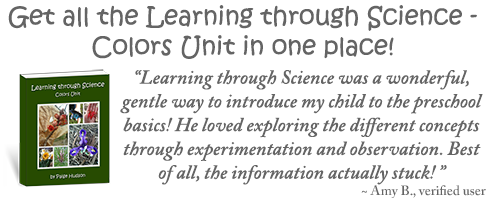
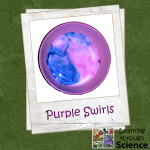
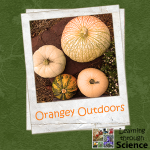
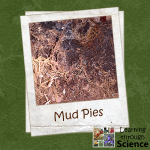


Join the Community!